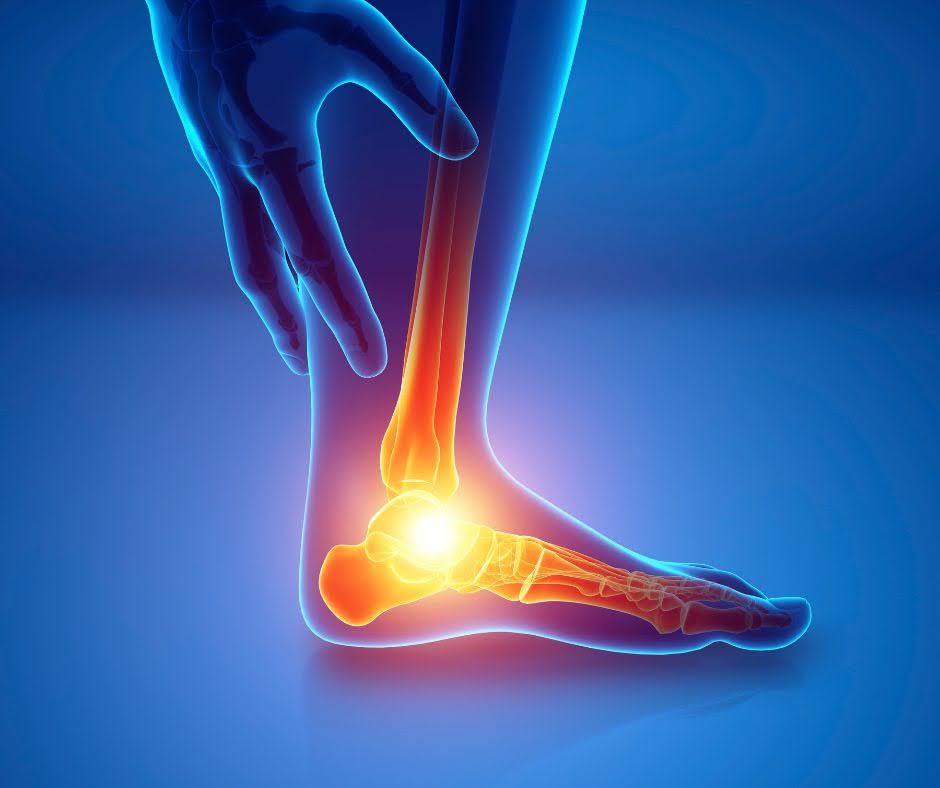Plantar fasciitis is a common condition characterized by pain in the heel and bottom of the foot, typically worse in the morning or after periods of rest. It is a frequent ailment among runners, overweight individuals, and those whose jobs require prolonged standing. Understanding the causes, available treatments, and the potential role of osteopathy can be crucial for effective management and relief.
Causes of Plantar Fasciitis
Plantar fasciitis arises from inflammation of the plantar fascia, a thick band of tissue that runs across the bottom of the foot and connects the heel bone to the toes. This inflammation is usually a result of excessive strain or stress, leading to microtears in the fascia. Several factors can contribute to this strain:
- Overuse: Repetitive activities like running or walking long distances can overburden the plantar fascia.
- Foot Structure: Flat feet, high arches, or abnormal walking patterns can place extra stress on the plantar fascia.
- Improper Footwear: Shoes lacking proper support, cushioning, or those that are worn out can exacerbate strain.
- Weight Gain: Increased body weight can add extra pressure on the plantar fascia.
- Age: Plantar fasciitis is more common in individuals aged 40-60 due to natural wear and tear.
Treatment Options for Plantar Fasciitis
Managing plantar fasciitis often involves a combination of self-care measures, medical treatments, and lifestyle modifications. Here are some commonly recommended strategies:
1. Rest and Activity Modification: Reducing or modifying activities that cause pain can help alleviate symptoms.
2. Ice Therapy: Applying ice packs to the affected area can reduce inflammation and pain.
3. Stretching Exercises: Regular stretching of the calf muscles and plantar fascia can improve flexibility and reduce tension.
4. Orthotic Devices: Custom or over-the-counter orthotic inserts can provide better arch support and cushioning.
5. Medication: Nonsteroidal anti-inflammatory drugs (NSAIDs) can help manage pain and inflammation.
6. Physical Therapy: Specific exercises and therapies designed by a physical therapist can strengthen the foot and improve mobility.
7. Night Splints: Wearing a splint at night can keep the foot in a stretched position, reducing morning pain.
8. Corticosteroid Injections: In severe cases, injections may be used to reduce inflammation.
The Role of Osteopathy in Treating Plantar Fasciitis
Osteopathy is a holistic approach to healthcare that focuses on the musculoskeletal system, emphasizing the interrelationship between structure and function. Osteopathic treatment for plantar fasciitis can be particularly effective due to its comprehensive approach. Here’s how osteopathy can help:
1. Manual Therapy: Osteopaths use hands-on techniques to manipulate and mobilize the foot, ankle, and surrounding structures. This can help improve circulation, reduce muscle tension, and enhance mobility.
2. Postural Assessment and Correction: An osteopath can evaluate posture and gait, identifying any abnormalities that may contribute to plantar fasciitis. By correcting these issues, strain on the plantar fascia can be minimized.
3. Holistic Approach: Osteopathy considers the body as a whole, addressing not just the symptoms but also underlying causes. This may involve treating areas such as the lower back, hips, and knees, which can influence foot mechanics.
4. Education and Self-care Advice: Osteopaths often provide guidance on proper footwear, stretching exercises, and lifestyle modifications to prevent recurrence.
Final Thoughts
Plantar fasciitis can be a debilitating condition, but with a comprehensive approach that includes self-care, medical treatments, and holistic practices like osteopathy, individuals can find relief and improve their quality of life.
Osteopathy’s focus on the musculoskeletal system and its emphasis on the body’s interconnectedness make it a valuable option for addressing the multifaceted nature of plantar fasciitis. If you are struggling with this condition, consider consulting an osteopath to explore how their techniques and holistic approach can complement your treatment plan.
